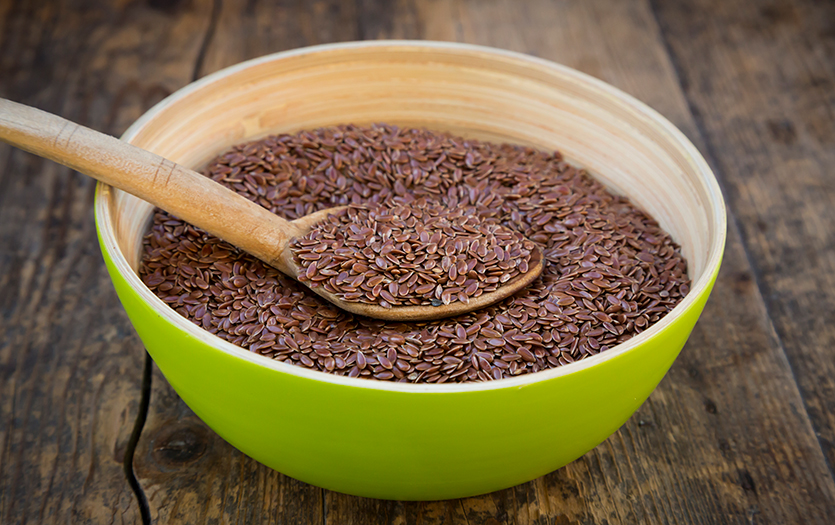
This post was written by Lydia Conner, RDN, LD, community outreach dietitian, Parkview Health.
This March is the 50th anniversary of National Nutrition Month®! The observance is an invitation to become more informed about your food choices and eating habits, and this year’s theme, “Fuel for the Future,” encompasses the sustainability of food practices for the environment and your health. It’s hard to think about the future and not consider this critical topic.
You might be motivated but unsure about how to make sustainable nutrition changes and eat with the planet in mind. The good news is small changes can make a big difference! I pulled some tips provided by The Academy of Nutrition and Dietetics (AND) and added some of my own thoughts on sensible shifts you can incorporate into your routine and household.
Steps toward making more sustainable choices
- Enjoy more plant-based meals and snacks. – Plant foods, like fruits, vegetables, whole grains, beans, legumes, nuts and seeds, are packed full of nutrients and have a lower amount of greenhouse gas emissions than animal foods like meat and dairy. Additionally, whole plant foods provide fiber and can help to limit our saturated fat intake. You can start by incorporating one plant-based meal into the menu on a weekly basis.
- Purchase foods with minimal packaging. – Limit single-serving packages of food and bottled beverages. While these can be convenient, they require more materials and energy to produce. Instead, use reusable baggies or containers for snacks/meals, and sip beverages from a reusable bottle, tumbler or jar. Additionally, taking your own reusable produce and grocery bags when shopping can help minimize waste.
- Buy foods in season and shop locally when possible. – When foods are in season where we live, they don’t have to travel as far to get to our grocery stores and markets, meaning there is less greenhouse gas emission inflicted on our environment, and less protective packaging was needed during transportation. Additionally, we get fresher produce items from local sources. In season foods are typically more available, meaning the price for consumers isn’t as high. To find what’s in season near you, use the Seasonal Food Guide.
- Start a container or backyard garden to grow food at home. – Growing fresh fruits, veggies and herbs ourselves can be “fruitful” in many ways! These foods become more available to you and your family, you control the farming practices (like how you fertilize and control weeds/pests), and you can harvest your produce at peak ripeness (when it is most nutritious). If you’re a beginner, start small. Consider a “salsa garden” or a “pizza garden,” where you grow the main fresh ingredients for crowd-pleasing family favorites (tomatoes, cilantro, peppers, etc.).
- Sustaining your sustainability practices – While AND didn’t mention this on their list, it’s important! When making any nutrition or lifestyle shift, sustainability can depend on your readiness to change, how realistic the change is for your life, your enjoyment of the change, and how much time you give yourself to solidify a new habit (which can take at least 90 days). Choose one thing to change at a time so that you don’t get overwhelmed and give yourself the gift of patience. Assess your progress along the way and make sure you’re comfortable with the habit before adding something else new.
These are just some suggestions. When it comes to fueling for the future, the sky’s the limit. I would encourage you to do some reading online and meet with a registered dietitian if you need help with individual goals. They can help to improve the sustainability of your nutrition choices for your longevity and the longevity of our Earth.



